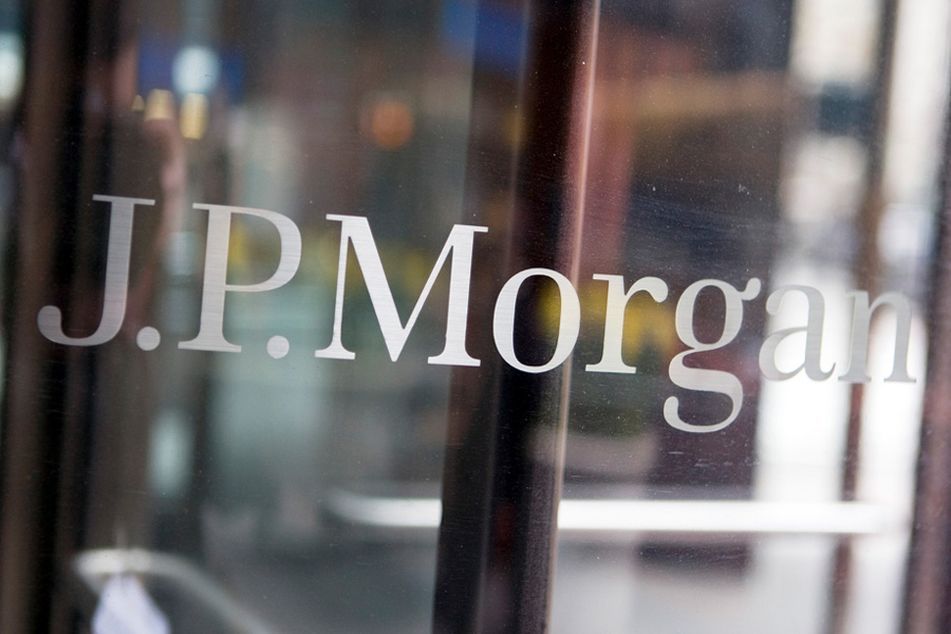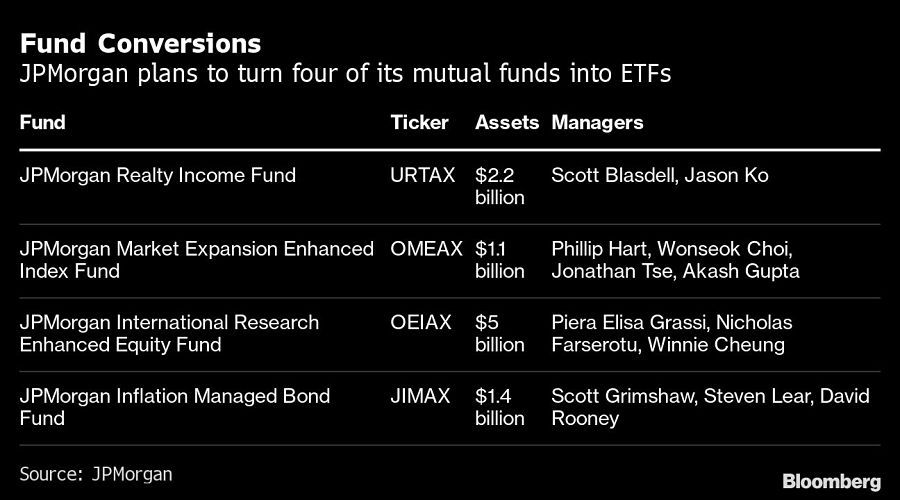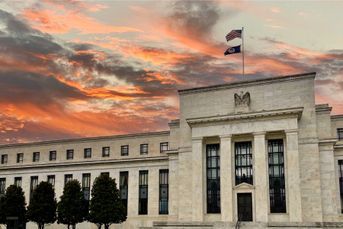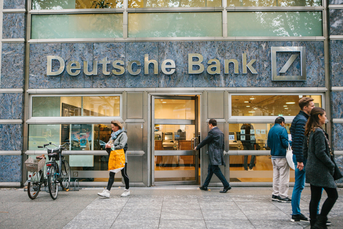JPMorgan chases active ETFs with $10 billion mutual fund switch

The firm plans to convert four mutual funds into ETFs next year, making it the biggest name so far to make such a move.
JPMorgan Chase & Co. wants to take advantage of the boom in actively managed exchange-traded funds.
The financial giant plans to convert four mutual funds with $10 billion in assets into active ETFs in 2022, pending approval from their boards, J.P. Morgan Asset Management said in a statement Wednesday. With $2.6 trillion in total assets, the firm is by far the biggest name yet that’s seeking to make such a move.
Driven in no small part by the success of Cathie Wood’s Ark products over the past year, active ETFs — where a manager or team runs the fund — have soared in popularity, with billions of dollars flowing into the industry almost every week. Ross Gerber, co-founder of wealth management firm Gerber Kawasaki, and tech investor Ryan Jacob have both launched new funds in recent months.

“Increasingly, we’re watching our clients — in addition to using mutual funds and other vehicles — continue to adopt the ETF vehicles and increasingly adopt active ETFs,” said Jed Laskowitz, global head of asset management solutions at JPMorgan.
Before JPMorgan’s planned move, mutual fund provider Guinness Atkinson Funds switched two of its products into ETFs in March, while $660 billion quant investing pioneer Dimensional Fund Advisors converted four mutual funds with $28.8 billion in assets in June.
[More: Nuveen enters active ETF market]
Although mutual funds have long been a cornerstone of financial investing, ETFs have grown exponentially in the past decade, now holding almost $6.7 trillion assets in the U.S. market. Lower costs, easier access and tax advantages often make them a more favored tool, but they have traditionally been “passive” in nature, with the fund automatically buying and selling based on the benchmark being tracked.
In the more recent “active” ETF trend, fund managers try to beat their benchmark and have discretion over what to buy and sell based on their assessment of stock or bond performance. The funds that JPMorgan plans to convert will be actively managed.
This is just the start. Bloomberg Intelligence estimates that active managers could bring $1 trillion to the ETF industry through the mutual fund conversions as well as other internal asset moves within the next 10 years.
Last year, ETFs (both passive and active) took in $500 billion while mutual funds lost hundreds of billions. In 2021, mutual funds have attracted roughly $60 billion — mostly in fixed-income products — but that pales in comparison to the intake of more than $530 billion for ETFs.
JPMorgan manages 129 mutual funds with $899 billion in assets, according to the firm. Its ETFs currently have about $60 billion, making it one of the 10 largest issuers, data compiled by Bloomberg show.
“It’s not just like flipping a switch — we really want to think about existing shareholders that are investing in these and future investors,” said Bryon Lake, head of Americas ETFs at JPMorgan. “Investors just continue to embrace the ETF technology as a way to build portfolios.”
[More: Can nontransparent ETFs save active management?]
It’s tough to build an advice practice around those who need it most
Learn more about reprints and licensing for this article.








